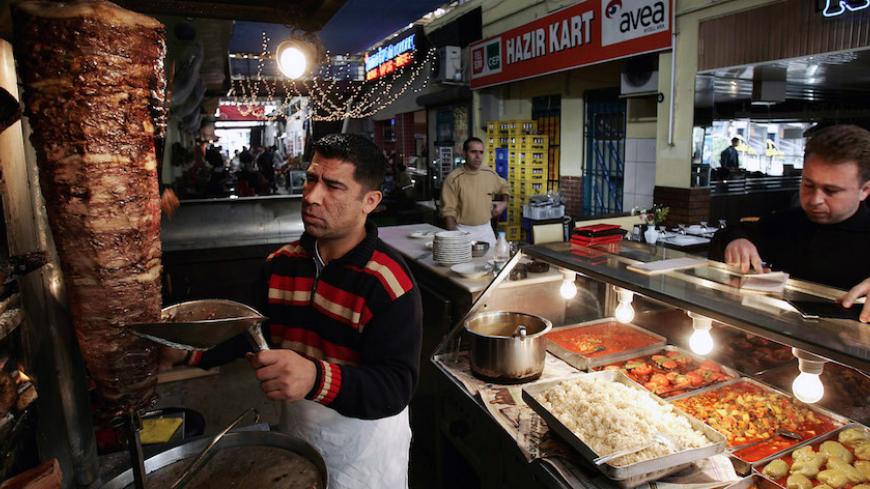What is the best known Turkish food in the world? Rather, the one food item that is the most widely available all around the world, originating from Anatolia? It is not Turkish coffee, baklava or even the simit. The ubiquitous Turkish food is doner kebab. Depending on where you live, you may know it as gyro (Greek, made mostly with pork), tacos del pastor (brought to Latin America by Lebanese immigrants), shawarma in Arabic, Kebab Torki (in Persian) or simply as doner in Turkey. Doner, after all, has become the one food item that travels rather well, adapting to the taste buds of different cultures. It is quite versatile, as it can take on cabbage, curry sauce or mozzarella cheese as condiments, or be served on its own, inside a wrap or over rice.
It has become the most sold food item all around Europe after midnight. Doner kebab stands are the most frequented between 11 p.m. and 3 a.m. in many European towns. Doner has become the post-drinking binge snack, the must-have street food. That is how doner gained the reputation as the top competitor against the burger chains.



